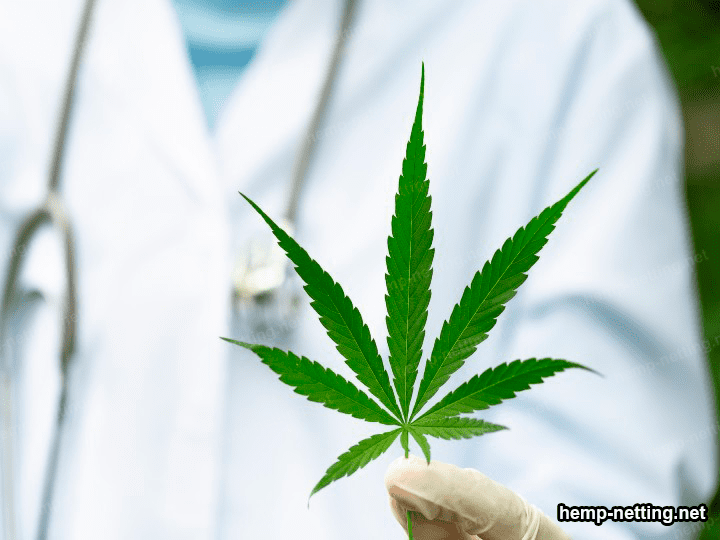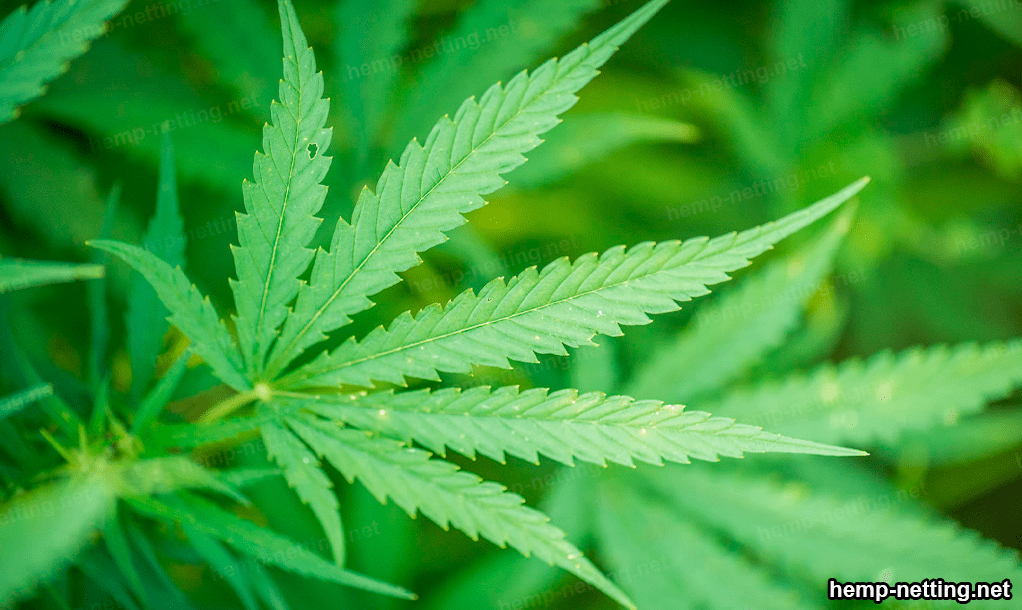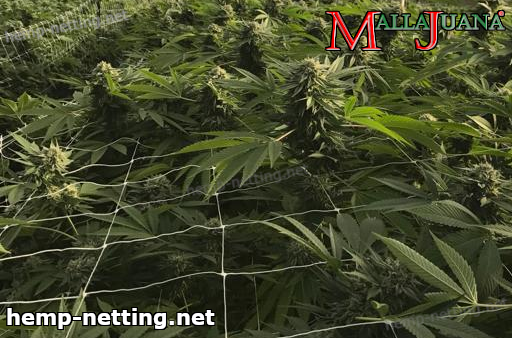What future is foreseen for hemp consumption in society?
Introduction of hemp consumption
In recent years, hemp consumption has been gaining ground in society. This is mainly due to the growing awareness of the importance of this tropical plant to offer some key uses in the future. As a result, the hemp trade is becoming increasingly popular worldwide.
Despite its similar origins to marijuana, hemp is in fact a very different quality of cannabis. Its THC – the psychoactive component – is very low, allowing it to be use in functional and edible products without any concern for psychoactive effects. These regular improvements in the perception of the plant have opened the door to a wide range of new forms of consumption.
This is reflected in the different economic sectors in which hemp can be use. The textile industry, for example, is benefiting from the versatile uses of hemp to produce high-quality clothing. Clothing brands with hemp products are becoming increasingly popular among young people looking for durable and stylish garments.
On the other hand, the food industry is undergoing a transformation based on similar principles. Healthy fats derived from hemp are becoming increasingly popular among those seeking a sustainable source of nutrients. While hemp products, including oils, flour and sweeteners, are also gaining stability in the culinary world.
Of course, the pharmaceutical sector is also discovering new uses for hemp
This plant contains a wide variety of cannabinoids with unique therapeutic properties. And research is increasing to develop effective treatments for common diseases.
Even the construction industry is exploring hemp as an environmentally friendly building material. There are already buildings construct with hemp panels. In addition to the use of the plant to insulate and produce building materials.
In the future, hemp consumption is likely to continue to expand widely. The rapid growth of the industry worldwide means more and more hemp products on the market and investments in new areas of potential. This plant is a precious resource for mankind, and its potential is increasingly being discover.
In the coming years, hemp consumption should be poised for a great deal of development. The possibilities are endless in a wide variety of fields: from food, functional foods and pharmaceuticals to building materials. The future is bright for hemp, and we expect to see this incredible natural resource grow and flourish in the global economy for years to come.

How hemp consumption has increased over the years
For centuries, hemp has had a constant use as a raw material for different industries from the manufacture of paper and clothing to the production of food, fuel and medicines. However, it was associate with marijuana due to its botanical affinity. So it was almost completely banned in most Western countries in the early 20th century, with additional restrictions subsequently imposed.
However, in recent years, hemp has experienced a great wave of revival and has sparked a great deal of interest among consumers. This is because, over time, the enormous potential of hemp as a source of healthy and sustainable raw materials for the cosmetics, textile, food, pharmaceutical, consumer goods and laboratory analysis industries has been demonstrated. This has made hemp an attractive source for those seeking natural products without the toxic or polluting components, and for those seeking a more sustainable alternative to the resources traditionally used by industries.
This increase in interest and use of hemp has caused many Western countries to relax their laws and regulations. This has made hemp a more viable product for production, marketing and consumption, allowing companies to obtain licenses to harvest and process cannabis in countries where it was previously not possible. The United States, Canada and the European Union are among the places that have begun to allow cultivation of the plant, and some U.S. states, such as Colorado and California, have legalized the recreational use of cannabis.
As a result of the opening of markets and the increased acceptance of the hemp plant, cannabis products are available to a growing number of people
This has contributed to the increased consumption of this plant. Whether in its natural form as hemp, tinctures for sublingual consumption, oils for use on the skin or products such as asphalt, cement, paper pulp, aluminum foil and food, hemp has become an important raw material for consumers.
Hemp has also become a useful raw material for consumers for various household uses. Its use is widespread as an insulating building material, just as its seeds are also use as food for mammals and birds. Hemp fibers are use to make durable fabrics like flax. Just as its oil has traditionally been use in cosmetics and soaps. Its uses range from textile production to cat toys, fishing lines and the manufacture of explosives.
In recent years, hemp has attracted consumer interest. This has led to a wider acceptance of this plant, which has contributed to an increase in hemp consumption. This plant has become an attractive source due to its great benefits. Including its use as a raw material for the production of various products and its use as food for various species. As a result, hemp has become a plant that is increasingly in demand by consumers and its future remains bright.

Why it is advisable to consider working hemp crops
Hemp is one of the main plants in the regenerative agriculture basket. It is a simple plant that has been cultivated for centuries and is used to make various products such as food, medicines, food for the textile industry, oils and many more. In addition to these uses, hemp offers many benefits to the people who work with it and to the producers of regenerative agriculture.
It offers many advantages for farmers working with regenerative agriculture. This is because hemp is a very healthy and good quality food source. This is because it contains various nutrients such as iron, calcium, magnesium and vitamins, among others. In addition, its high concentration of fiber helps prevent diseases associated with excessive consumption of refined foods. This makes hemp an excellent option for regenerative agriculture producers.
It is very profitable for producers. This is because the crop is low maintenance; it can be grown in dry or wet climates, and does not need a lot of fertilizer. This helps reduce the costs associated with the crop and the benefits brought to regenerative agriculture. In fact, hemp is one of the most profitable crops for growers and can be a great source of income for them.
Hemp is also very useful in terms of its versatility in making products. Food, oil, animal feed, flour and much more can be produced from the seeds. This helps farmers diversify their production and get more profit from their crops.
In addition, hemp is a very effective way to reduce pollution
This is because hemp is very efficient at sequestering carbon dioxide from the air. This helps to neutralize the impact of climate change. It is also useful in controlling soil erosion and improving soil quality; this also helps improve food production.
Hemp is an excellent way for farmers to generate income. Due to its versatility, hemp production can be a highly profitable source of income for farmers in regenerative agriculture. In addition, hemp is a very fast-growing plant, which helps farmers increase their production and earn income faster.
Farmers working with regenerative agriculture can gain many benefits by considering working with hemp cultivation. It is a very healthy and versatile plant, which helps farmers improve their production and make profits from it. In addition, hemp is an excellent way to control soil erosion and climate change, and it is also a cost-effective way for farmers to produce products. For these reasons, it is an excellent choice for farmers who are working with regenerative agriculture.



